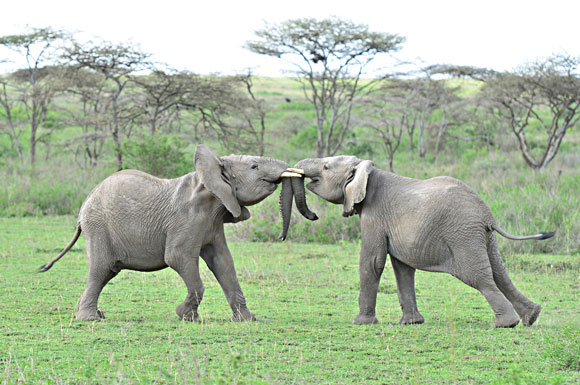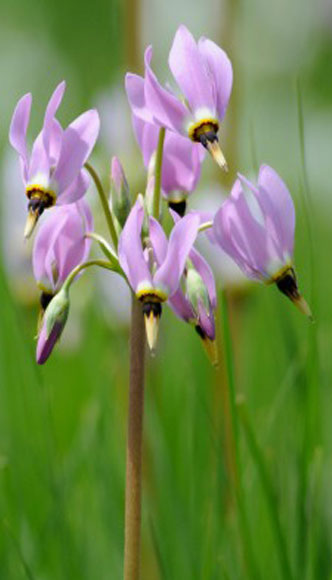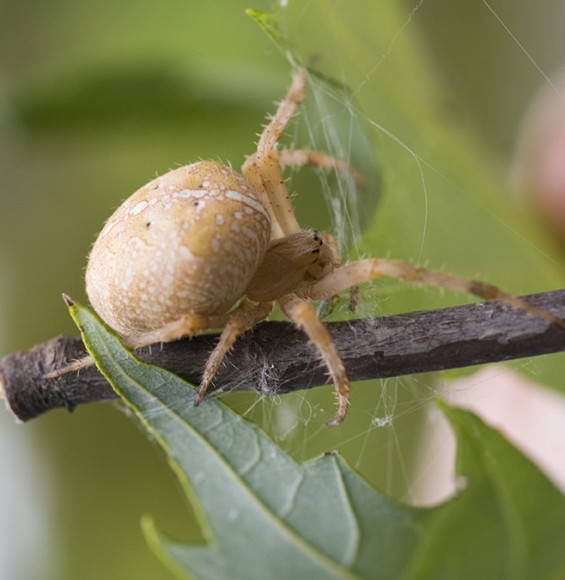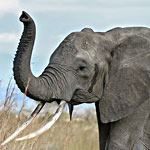On March 3, we inaugurate World Wildlife Day, designated by the United Nations to raise awareness of wild animals and plants—from ivory to ebony—worldwide. This day gives us an opportunity to reflect on the intrinsic value of all living things and remember that the well-being of humans is inextricably tied to the well-being of nature.

Botanic gardens, zoos, aquariums, and arboreta protect live plants and animals and play an important role in conserving wildlife and wild places throughout our local communities, nationally, and worldwide. More than 200 million Americans each year visit gardens, zoos, aquariums, and arboreta. This is more than all who attend NFL, NBA, and major league baseball games combined.1 From dolphins to snow leopards, kookaburras to monarchs, oaks to asters to mosses, the living collections visitors enjoy along our paths and through our windows engage and inspire people of all ages and backgrounds. Our institutions provide protection to many thousands of rare and endangered species, some of which now exist only in our care. Our conservation biologists conduct important research and create practical, effective solutions to preserve wildlife and biodiversity throughout the world. Our intensive preK through Ph.D. education and training programs for students of all backgrounds and abilities enable the next generation of scientists, teachers, and innovators to continue our work.

Garden, zoo, aquarium, and arboretum leaders also serve as leading international resources for biodiversity conservation policy, leading conservation commissions such as those facilitated by the United Nations, the International Union for the Conservation of Nature (IUCN), the U.S. State Department, and Department of Interior. Together, and with other nongovernmental partners as well, we strive to implement the tenets of the U.N. Convention on Biological Diversity, build and deliver comprehensive curriculum and education in science and climate change, and implement robust wildlife conservation programs.
March 3 was chosen as the day to inaugurate World Wildlife Day because it is the anniversary of the Convention on International Trade in Endangered Species of Wild Fauna and Flora (CITES). While CITES has not become a household acronym, 179 countries have signed on to this intergovernmental agreement to help ensure that what we buy—whether it be food, leather, musical instruments, timber, medicine, jewelry, or a vacation memento—has not cost a protected or endangered species its life. More than 35,000 species of plants and animals are protected by CITES, and these species’ continuing survival, along with the habitats where they live, are critical to the web of life on which all life—our life—depends.

We, as leaders of the living collections organizations in Chicago, urge you to celebrate World Wildlife Day with us and to join our personal and institutional efforts to promote the importance of conserving plants and animals, and the healthy habitats on which all wildlife—and we—depend. By protecting wildlife, we can ensure that the diversity of life on our planet will endure. We also ensure that the pleasures and basic needs we derive from wildlife continue in the future. These include everything from food and shelter to clean air, water, protection from the effects of floods, droughts, and pollution, as well as the joy of the living world around us.
Please visit your local garden, zoo, aquarium, or arboretum to find out more about what we are doing to preserve wildlife and get involved. Show your support for World Wildlife Day by following @WildlifeDay on Twitter and “liking” the Facebook page.
Sophia Shaw Siskel
President and CEO, Chicago Botanic Garden
Ted Beattie, President and CEO, Shedd Aquarium
Kevin Bell, President and CEO, Lincoln Park Zoo
Gerard T. Donnelly, Ph.D, President and CEO, Morton Arboretum
Stuart D. Strahl, Ph.D, President and CEO, Chicago Zoological Society (Brookfield Zoo)
[1] Association of Zoos and Aquariums
©2014 Chicago Botanic Garden and my.chicagobotanic.org

